20 Ways to Cut Your Food Waste in Half—And Save $1,000 a Year
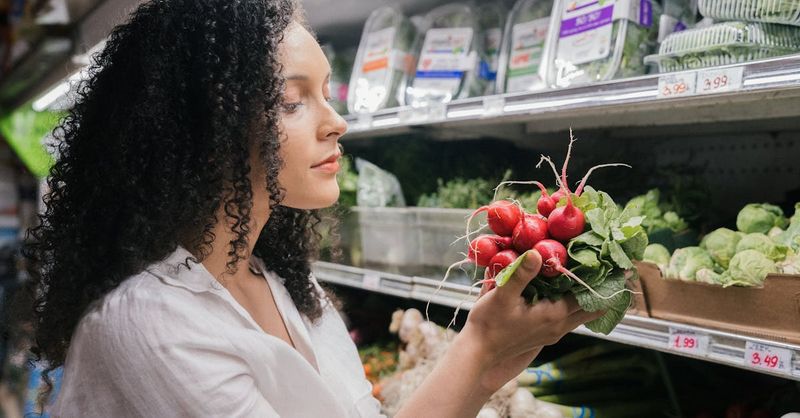
Wasting food doesn’t just hurt the environment—it drains your bank account. The average American household throws away hundreds of dollars’ worth of food every year without even realizing it. By cutting your food waste in half, you can reclaim up to $1,000 annually—just by changing your habits at home.
1. Make a Weekly Meal Plan

Thinking ahead can prevent a week’s worth of food from ending up in the trash. Meal planning lets you visualize exactly what ingredients you’ll need, and how to use them efficiently throughout the week.
Start by picking 4–5 meals based on what’s already in your pantry and fridge. Choose recipes that use overlapping ingredients to minimize waste—like using spinach in a salad and later in a frittata. Post your meal plan somewhere visible to stay accountable, and resist the urge to order takeout “just because.” Over time, you’ll notice both your trash can and grocery bill getting lighter.
2. Shop With a List
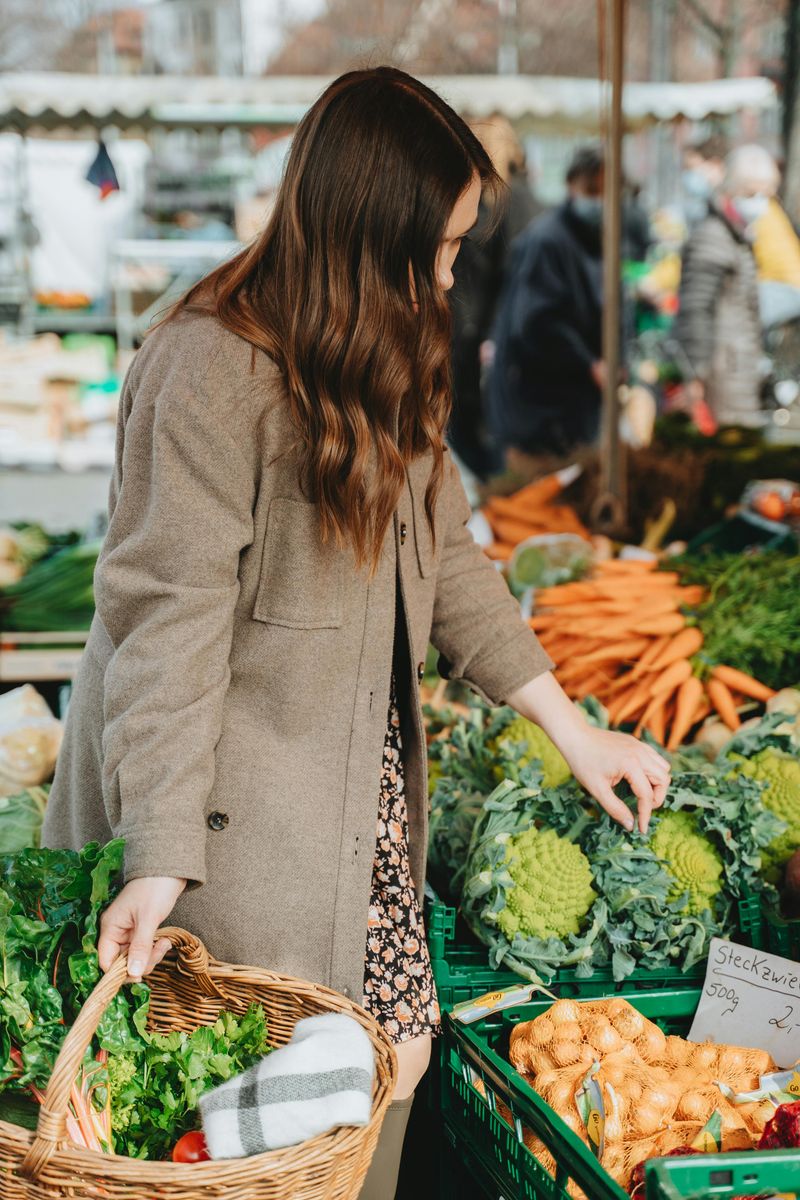
Going to the grocery store without a plan is like shopping blindfolded—you’re far more likely to buy things you won’t use. A detailed shopping list keeps you focused and cuts down on wasteful spending.
Before heading out, write down the exact items and quantities you’ll need for your planned meals. Categorize your list by section (produce, dairy, pantry) to save time. Stick to the list while shopping, and avoid those tempting middle aisles full of snacks and extras. You’ll make fewer impulse buys and return home with food you’re actually going to eat.
3. Buy Only What You Need
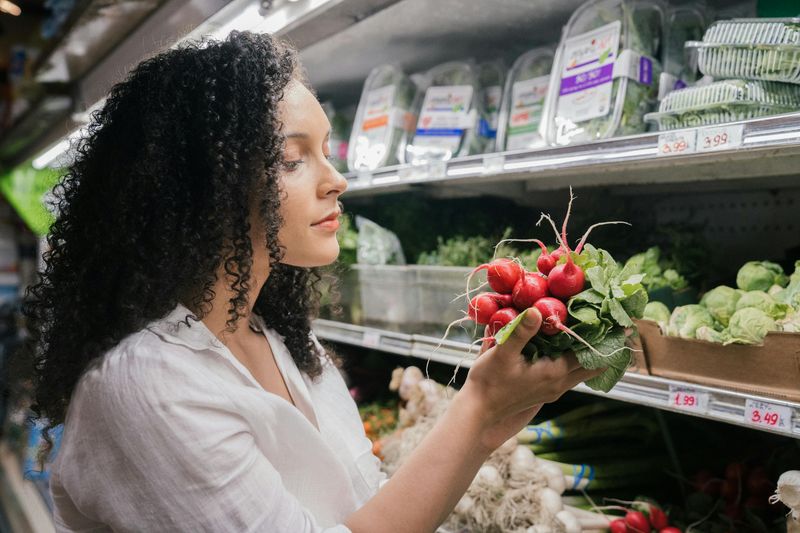
Grabbing the biggest pack or multiple items just because they’re “a better deal” can lead to spoilage. Smaller quantities might cost slightly more per unit, but they often save money in the long run by reducing waste.
At the store, choose loose fruits and vegetables rather than pre-packaged ones. Shop the bulk section when available so you can scoop only the amount you’ll realistically use. If you live alone or cook for one, split perishables with a friend or neighbor. Being intentional about portion sizes ensures everything you bring home gets eaten—not tossed.
4. Avoid “Buy One, Get One” Traps
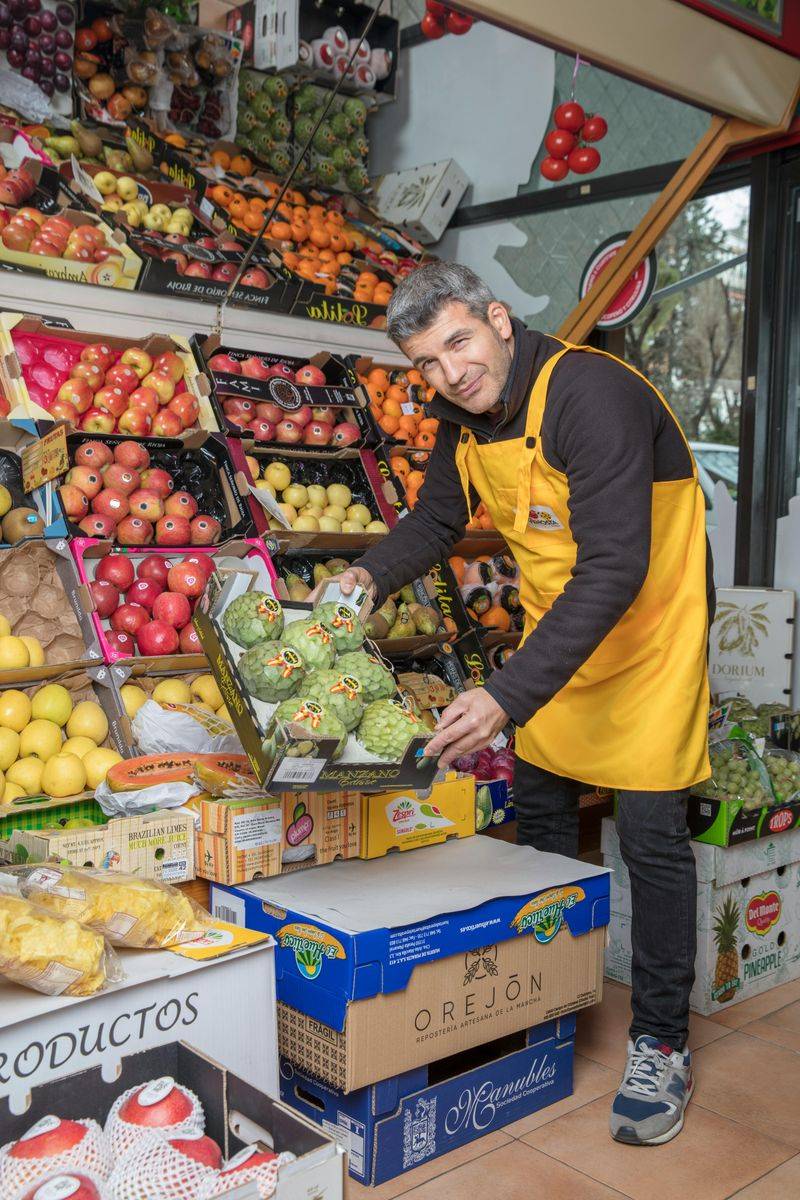
Promotions like BOGO deals seem like great savings—but only if you can actually use both items. If the second one spoils before you get to it, you’ve wasted food and money.
Instead of grabbing duplicate items, ask yourself whether the extra quantity will realistically fit into your meal plan. For perishable items like yogurt or fresh berries, consider skipping the offer unless you plan to freeze the second portion or share it. What feels like a smart deal in the moment often turns into a quiet loss at the back of the fridge.
5. Check Your Fridge and Pantry Before Shopping
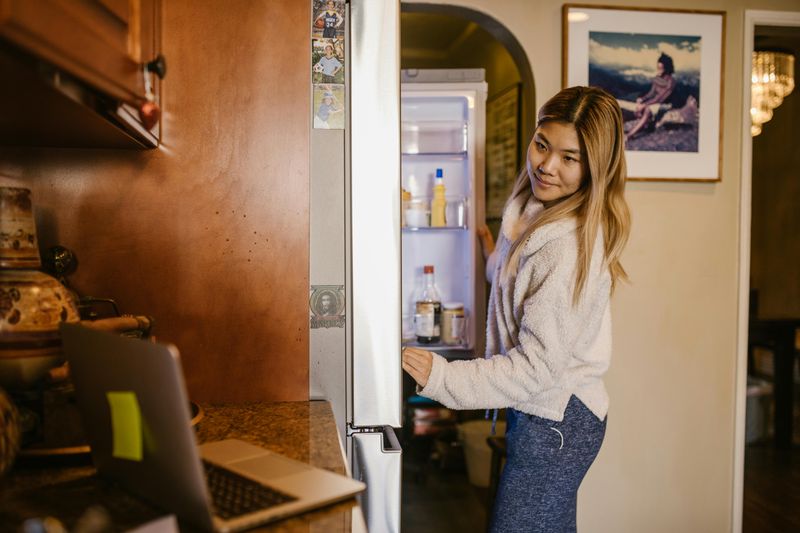
You’d be surprised how often we buy something we already have. Overbuying duplicates can lead to cluttered shelves and forgotten perishables.
Take a quick inventory before you head to the store. Snap a picture of your fridge or pantry to reference while shopping, or use an app to track what you already own. This habit helps you avoid buying your third bottle of ketchup or more greens than you can eat in a week. Knowing what you have prevents both waste and overspending.
6. Learn Proper Produce Storage
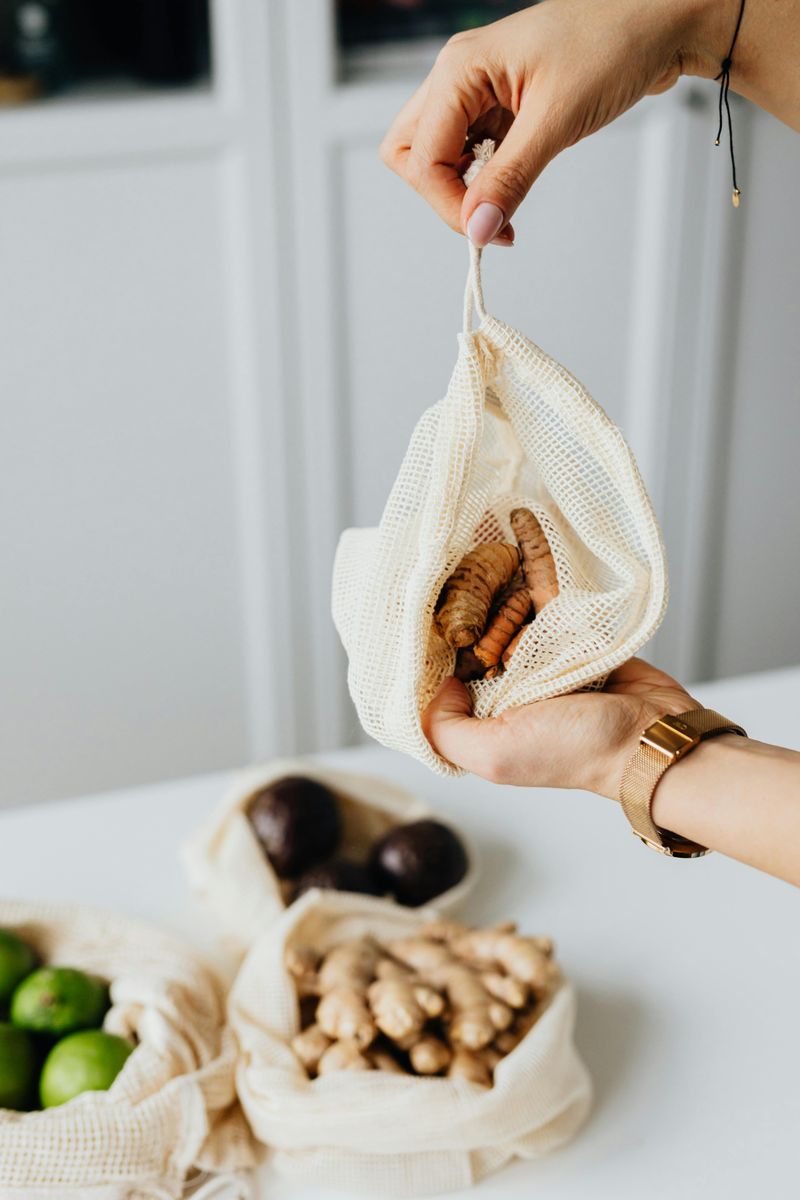
Storing fruits and vegetables the right way can add days—or even weeks—to their shelf life. A lot of waste happens simply because produce wasn’t stored in ideal conditions.
Keep apples away from bananas to prevent premature ripening. Store herbs upright in a jar with water and cover them loosely with a bag. Use separate drawers for fruits and vegetables, and never keep onions and potatoes together—they release gases that speed up spoilage. Learning these small tricks can preserve freshness and reduce the frequency of throwing out wilted or moldy produce.
7. Use Airtight Containers
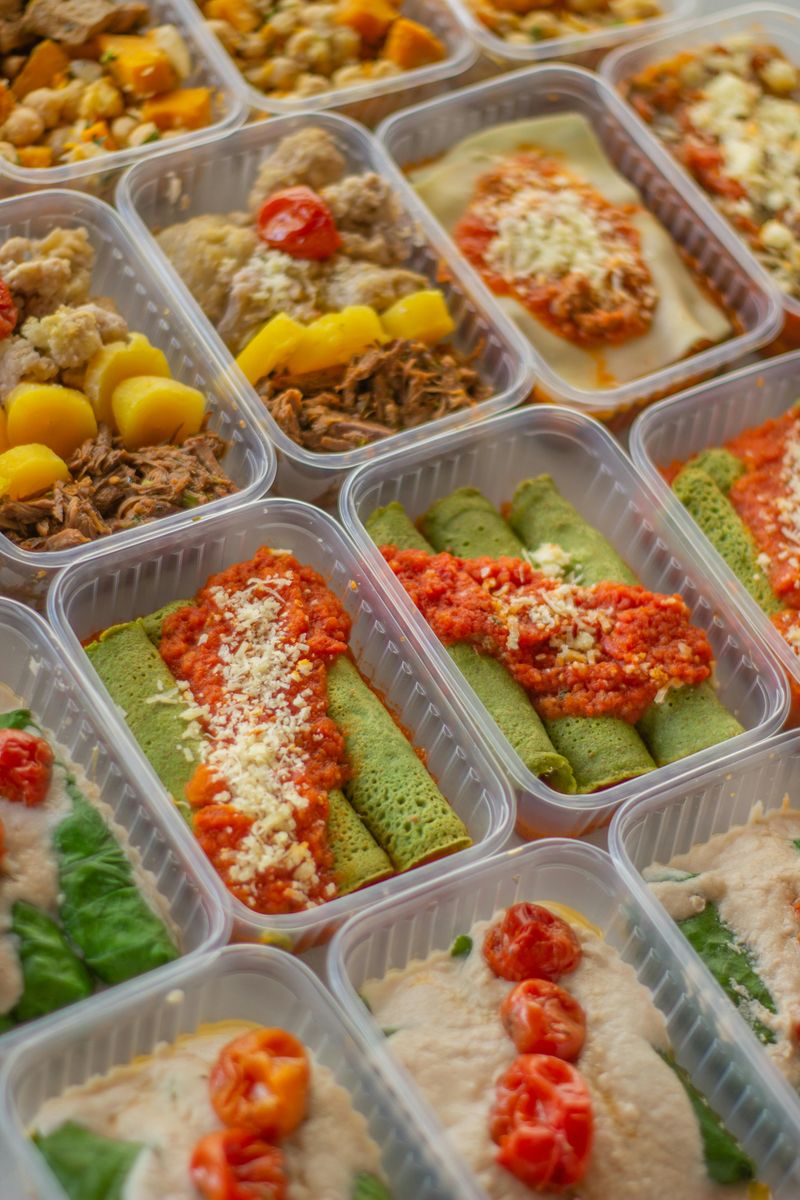
Food that’s improperly stored tends to go bad faster, leading to unnecessary waste. Airtight containers help keep air and moisture out, preserving freshness and extending the life of your groceries.
Transfer opened bags of rice, cereal, or chips into sealed jars or canisters. Store leftovers in clear, stackable containers so you can easily see what’s available. For items like salad greens, use breathable produce containers that prevent sogginess. Investing in good-quality storage keeps your food visible, accessible, and less likely to end up forgotten in the back of the fridge.
8. Freeze Excess Before It Spoils
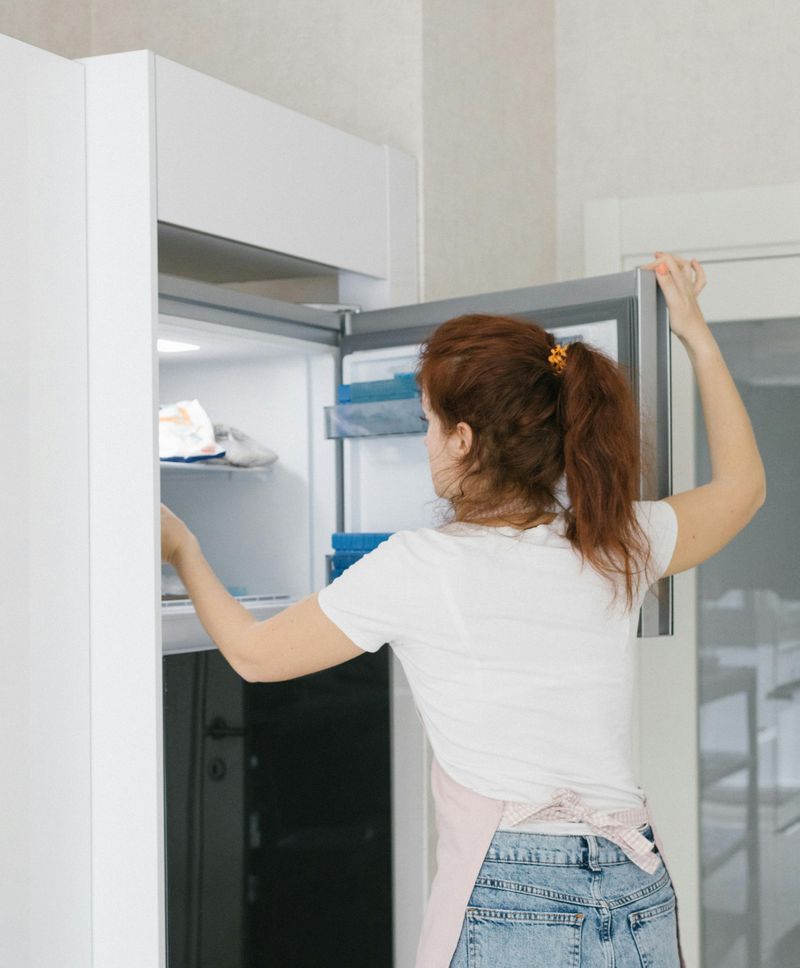
Don’t wait until food is on its last leg to take action. Your freezer is a powerful tool to preserve food you’re not ready to eat yet.
Chop and freeze veggies like bell peppers or spinach for future stir-fries or smoothies. Bread can go straight into the freezer, and milk can be frozen in smaller portions for later use. Even sauces, stews, and cooked rice freeze well in airtight containers or freezer bags. By freezing proactively, you create backup meals and reduce the likelihood of throwing out unused food.
9. Label and Date Everything
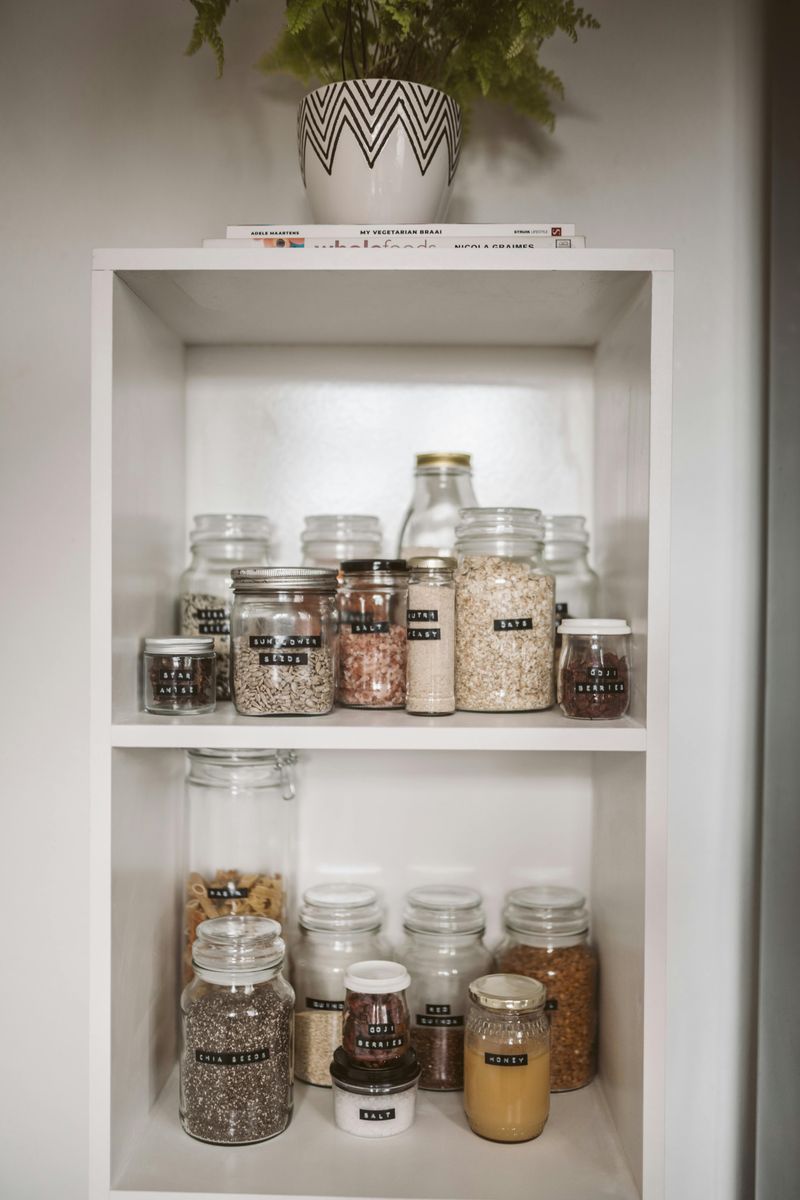
Without a clear system, it’s easy to forget how long something’s been sitting in the fridge or freezer. Labels are your best defense against mystery containers and accidental food waste.
Use masking tape and a marker to jot down the date and contents of each item you store. Place the label on the lid or front of the container where it’s easy to see. Whether it’s leftovers, chopped produce, or bulk ingredients, this simple habit lets you prioritize what to use first and avoid unpleasant surprises later.
10. Cook Smaller Portions

Making too much food can seem like a good idea—until leftovers go uneaten and end up in the trash. Cooking smaller amounts ensures you eat what you prepare without feeling overwhelmed.
Start by reducing the serving size in your recipes, especially if you’re cooking for one or two. Use smaller pots and pans to naturally limit how much you cook. If you do end up with extras, plan a leftover night or freeze them right away. A mindful approach to portion sizes means less waste and more intentional eating.
11. Repurpose Leftovers

Instead of eating the same meal twice, transform yesterday’s dinner into something new. Creative repurposing gives leftovers a second life and keeps your meals exciting.
For example, leftover roasted vegetables can be blended into soup or folded into a frittata. Extra grilled chicken makes a great filling for wraps, quesadillas, or salads. Even cooked rice or pasta can be reinvented in stir-fries or casseroles. The goal is to view leftovers as ingredients, not just reheated versions of last night’s plate. This approach reduces waste while keeping your taste buds satisfied.
12. Use the “Scrap Bag” Method

Kitchen scraps don’t always have to go straight into the trash. By saving bits and pieces of food in a dedicated freezer bag, you can turn what looks like waste into something useful.
Toss carrot peels, celery tops, and onion skins into a freezer-safe bag to use later for homemade vegetable broth. Stale bread becomes croutons or breadcrumbs. Even citrus peels can be dried for zest or added to cleaning vinegar. Keep a labeled “scrap bag” in your freezer and watch how much less you throw away—and how much more you create.
13. Use FIFO (First In, First Out)

Food items don’t spoil all at once—it’s usually the older stuff that gets forgotten. Adopting the FIFO method ensures you use older ingredients before they go bad.
When you unpack groceries, move older items to the front and place new ones in the back. This applies to your fridge, freezer, and pantry. It’s a technique restaurants and grocery stores rely on to reduce spoilage, and it works just as well at home. Being intentional about rotation helps keep your kitchen organized and your food waste low.
14. Set a Weekly “Use-It-Up” Day

Every fridge has odds and ends: a half-used tomato, wilting greens, or a single serving of rice. A weekly “use-it-up” day is the perfect way to clean out the fridge and use those random leftovers creatively.
Pick one day a week—like Sunday evening—and make it a challenge to cook only with what you already have. Stir-fries, grain bowls, soups, and omelets are great for this kind of freestyle cooking. It clears space, prevents spoilage, and helps you discover new flavor combinations. Plus, it’s a fun way to reduce both waste and grocery costs.
15. Use Food Waste Tracking Apps

It’s hard to improve what you don’t measure. Tracking your food waste helps you identify patterns and make better decisions moving forward.
Apps like Too Good To Go, NoWaste, and Kitche allow you to log what you throw out, set expiry alerts, and even suggest recipes based on your inventory. Seeing how much food you discard can be eye-opening—and motivating. With just a few taps, you can stay on top of what you own, what you’ve used, and what tends to go uneaten. Data-driven habits lead to lasting savings.
16. Install a Freezer Inventory Sheet
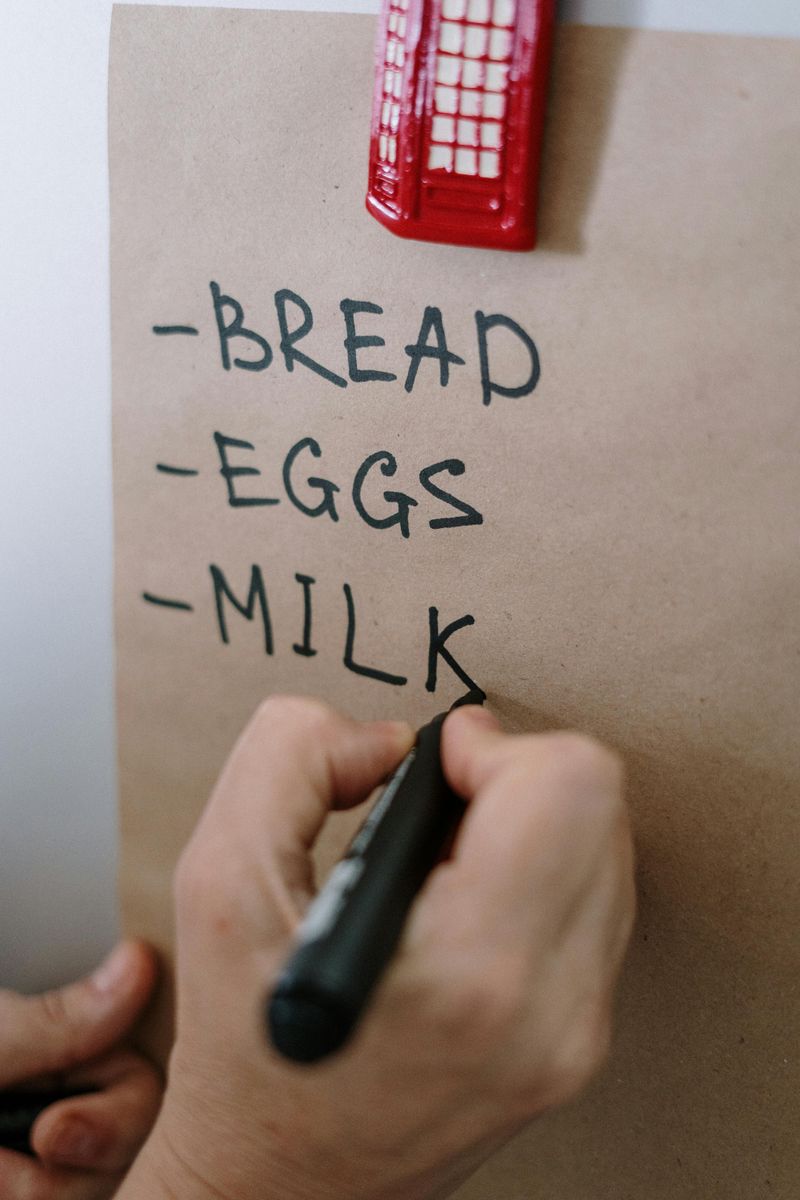
Even the most organized freezers can turn into black holes where food disappears. A simple inventory sheet keeps everything visible—and keeps you from buying more of what you already have.
Use a dry-erase board, a printed checklist, or a note-taking app to track what’s in your freezer and when you stored it. Include item names, portion sizes, and dates to help you plan meals more efficiently. Every time you use something, cross it off. This visual reminder helps prevent freezer burn, forgotten meals, and those frustrating moments when you defrost mystery containers.
17. Understand Expiration Dates
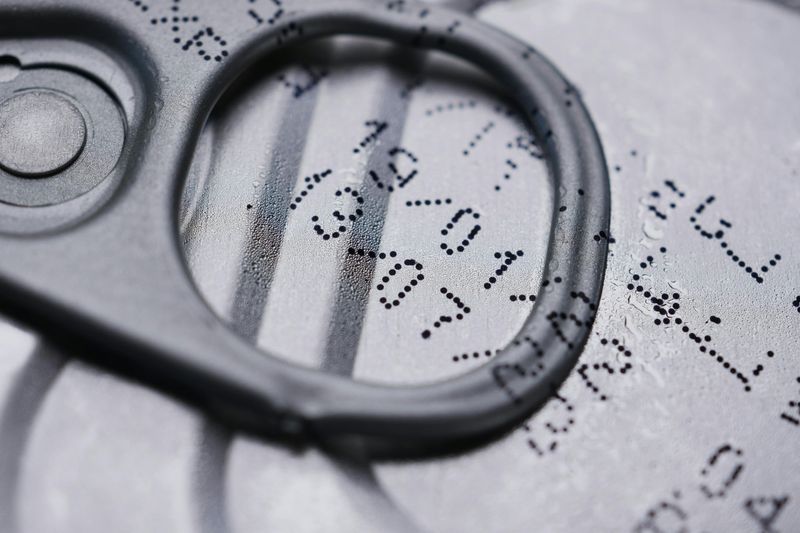
A surprising amount of food gets tossed simply because people misunderstand expiration labels. Knowing what they actually mean can help you save perfectly good items from the trash.
“Best by” usually refers to peak quality, not safety. “Sell by” is for store inventory tracking. “Use by” can indicate safety—but even then, trust your senses. If something smells fine, looks fine, and has been stored properly, it’s often still good. Learning to rely on observation over arbitrary dates gives you more control and confidence in the kitchen—and cuts unnecessary waste.
18. Don’t Fear Ugly Produce
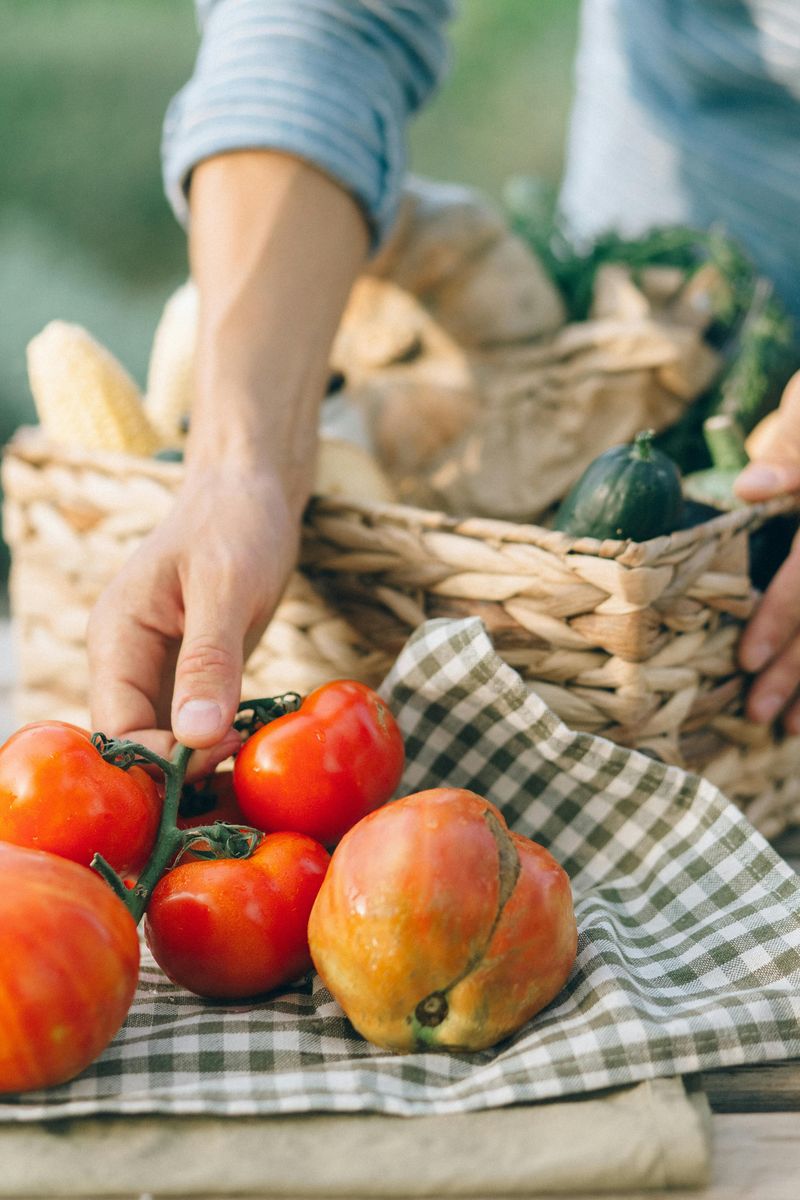
Perfect-looking fruits and vegetables often come at a premium, but those with blemishes, odd shapes, or slight discoloration are just as edible—and often cheaper. Rejecting them contributes to tons of waste each year.
Whether shopping at a grocery store or farmers market, give “imperfect” produce a chance. A misshapen carrot or scarred apple still tastes just as good once chopped, cooked, or blended. Some stores even sell discounted “ugly” produce boxes that can save you money. Embracing imperfection helps reduce waste at both the farm and household level.
19. Portion With Awareness
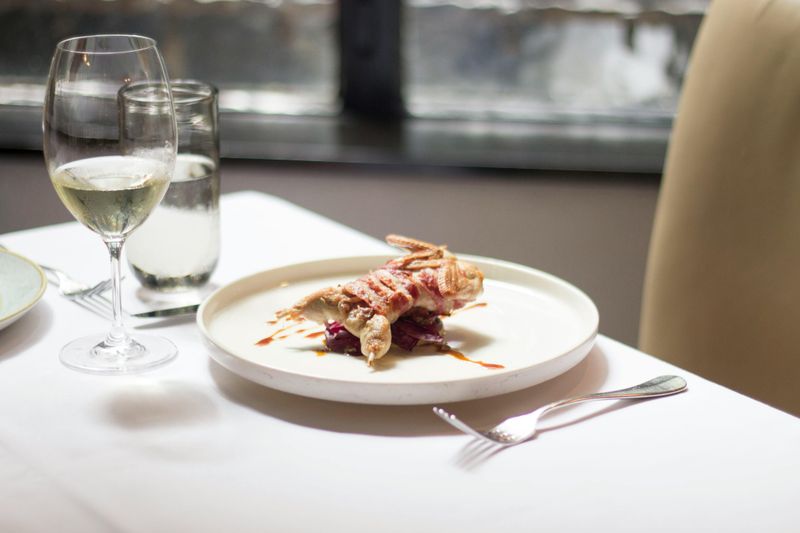
Oversized portions can lead to more leftovers than you want to eat. Practicing portion awareness at home helps reduce plate waste and encourages mindful eating.
Start by serving smaller amounts and letting people go back for seconds if they’re still hungry. Use smaller plates to naturally reduce serving sizes. When dining out, split large entrees or pack half your meal to go before you even start. Being conscious of how much food you dish out ensures more of it ends up where it belongs—in your stomach, not the trash.
20. Compost What You Can’t Save
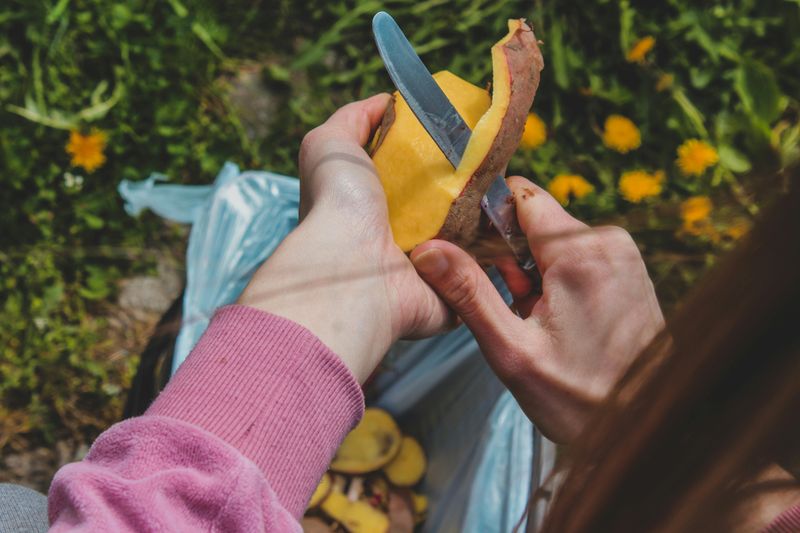
Despite your best efforts, some food scraps are unavoidable. Composting keeps these leftovers out of landfills and turns them into nutrient-rich soil instead.
You don’t need a big backyard to get started—indoor compost bins and countertop systems are widely available. Coffee grounds, eggshells, fruit peels, and vegetable scraps all break down into compost. Even if you can’t use the soil yourself, many cities have drop-off sites or collection services. By composting the unavoidable waste, you close the loop and make your food go even further.

Comments
Loading…